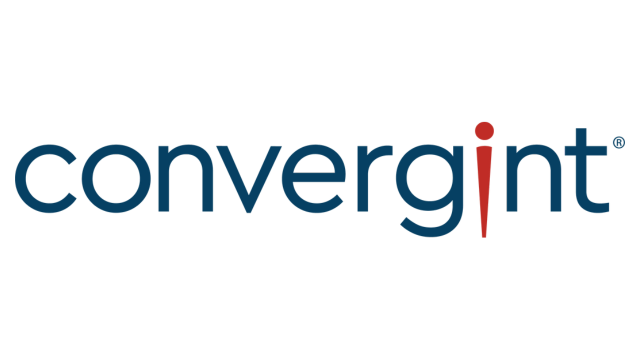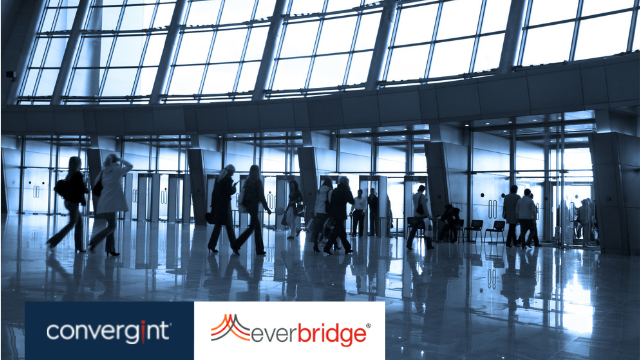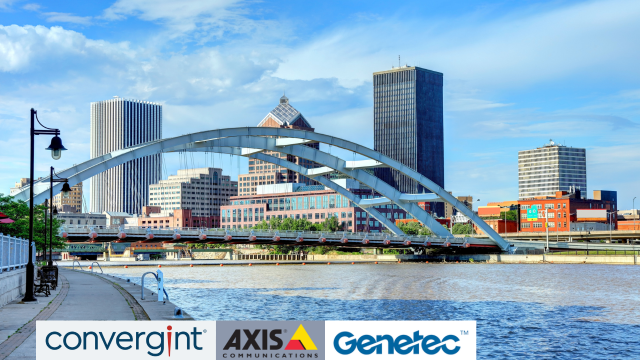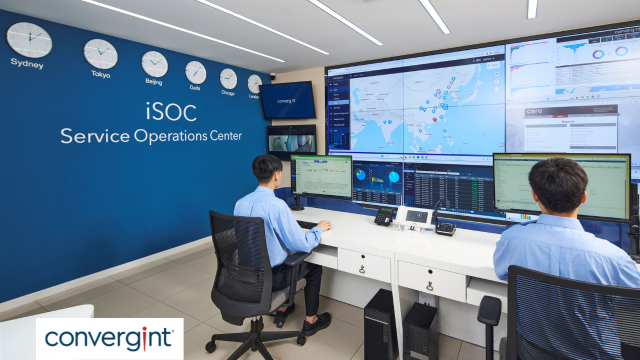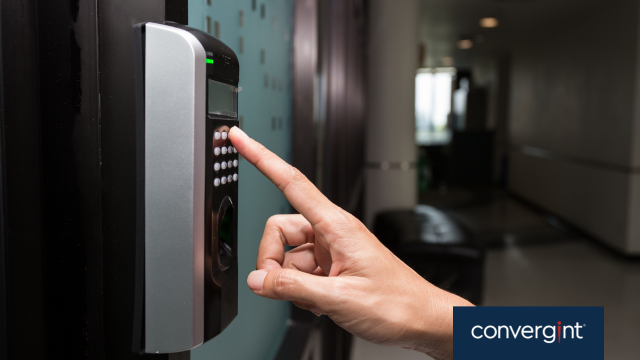In the present climate, building resilience is a top priority to combat the threat of natural or manmade disaster. Previously, a building’s Critical Event Management (CEM) was focused on common external and asset risks, such as natural disasters and critical asset failures. In recent years, CEM has evolved to include broader risks, such as pandemics, shooter detection, system failures, and data breaches.
It is necessary for organizations to effectively manage and plan critical events and create resilient buildings to ensure continuity across business operations in the event that risks arise. Organizations should do the following to mitigate these risks:
About Everbridge
Everbridge, Inc. is a global software company that provides enterprise software applications that automate and accelerate organizations’ operational response to critical events in order to Keep People Safe and Businesses Running™.
For more information visit www.everbridge.com
